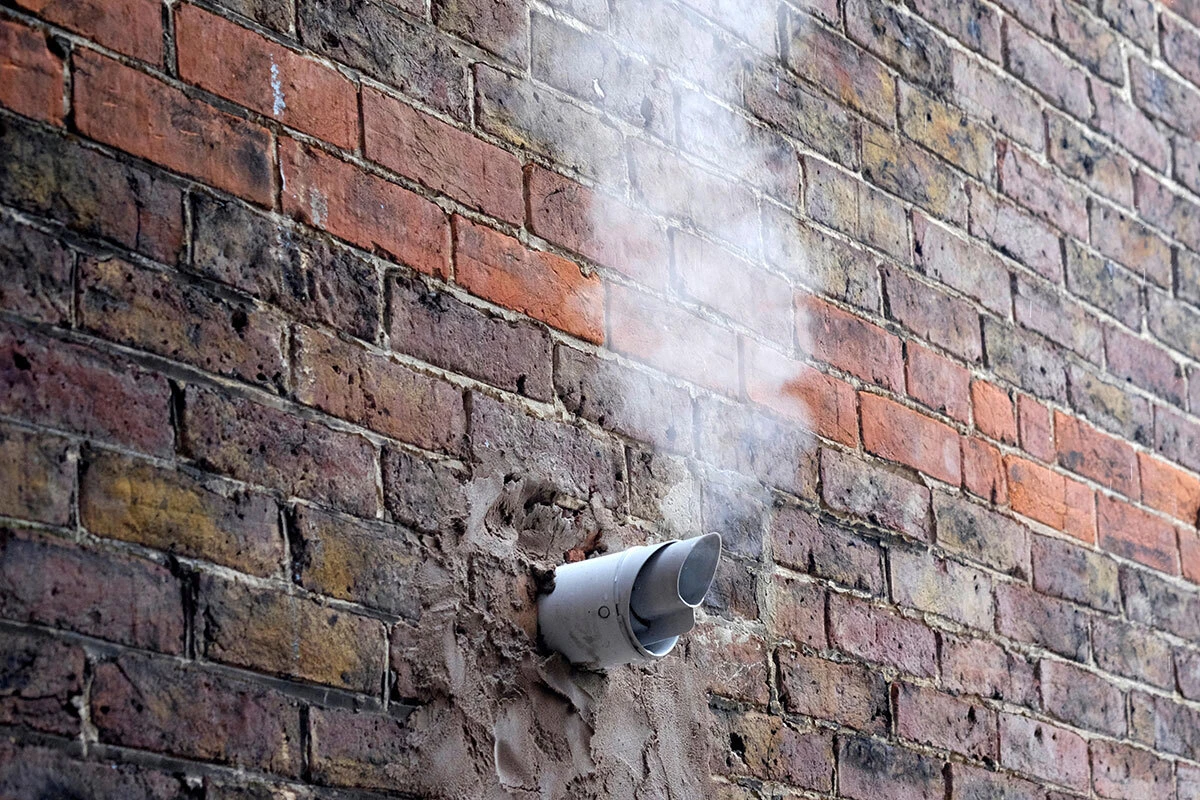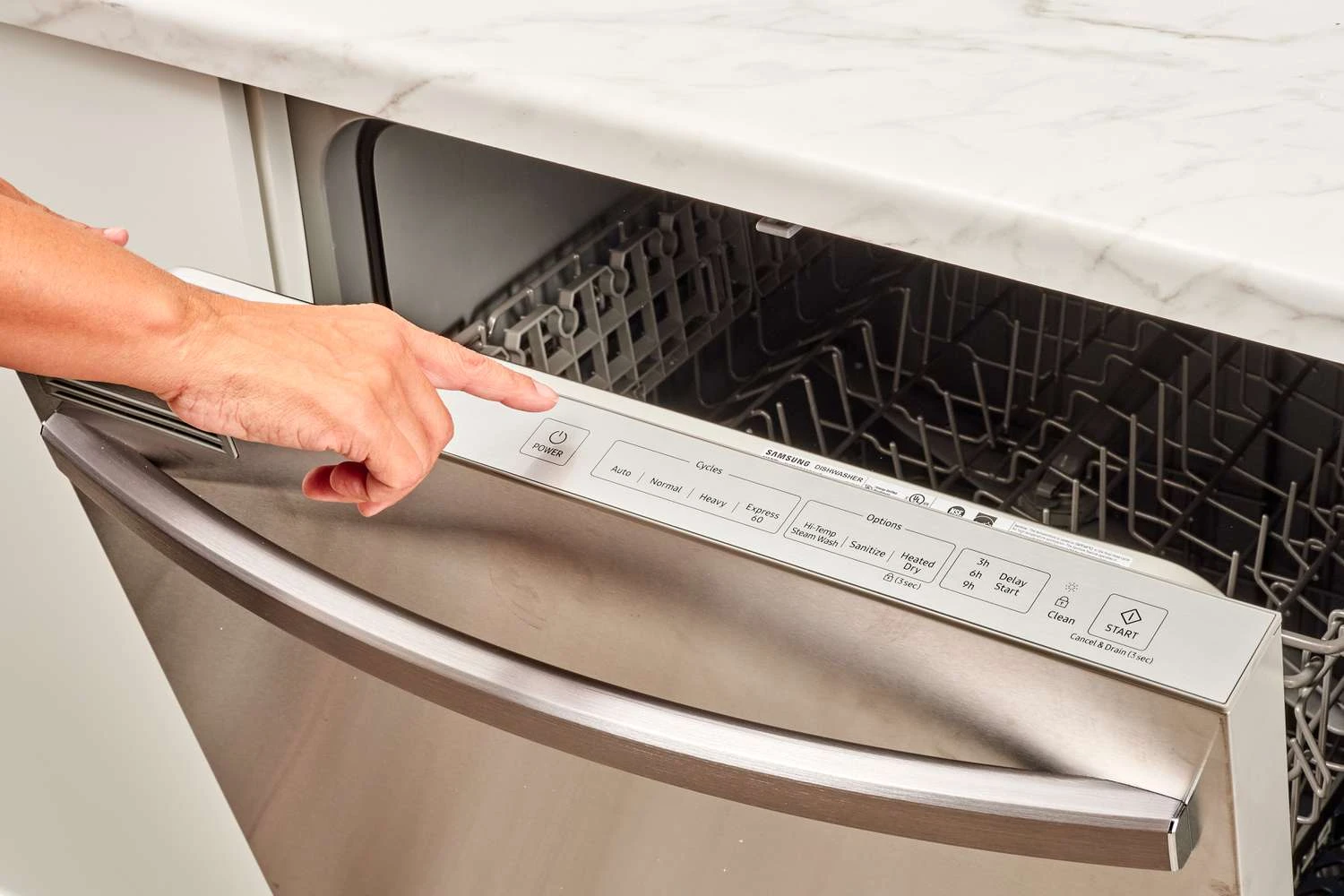30/12/2024
Introduction:
Embarking on a new extension project is an exciting venture that enhances both the aesthetics and functionality of your living space. However, as an experienced professional who has visited numerous job sites, I've encountered a common issue – newly installed radiators failing to provide the warmth expected.
The Common Problem:
I’ve lost count of how many jobs I’ve been to where a customer has recently had a new extension built and their new radiators are either luke warm, or no heating up at all. And in most instances, I find it's because the main pipework feeding the rads has been tapped into the existing 15mm pipework and extended into the new extension. Sometimes 4-5 rads all being fed from 15mm pipework. Usually to nice new modern designer style radiators which tend to hold a larger volume of water than your traditional convector style and thus require larger flow rates.
By the time I arrive at these jobs to sort the issue, the new flooring, kitchen, and other fixtures are already in place, making it a challenging, disruptive and expensive job. Getting access to the pipework s usually a nightmare.
We’ve one customer who had an extension built with 4 additional column styles radiators installed as by the builder’s plumber as part of the build. Only to find out after the build was complete that the radiators where tepid at best. The radiator pipework at this point was buried in a concrete floor underneath a layer of screed and nice new floor tiles.
Best Practices for Radiator Installation:
To ensure performance and avoid disappointments with your newly installed radiators, it's crucial to adhere to some best practices:
Evaluate the Existing Pipework: Before installing new radiators in your extension, assess the capacity and size of the existing pipework. If the primary pipework is 15mm, consider upgrading it to 22mm. This upgrade will enhance the overall flow rate and efficiency of the heating system.
Consider the Radiator Type: Designer radiators, known for their stylish and modern designs, often hold higher water volumes than traditional convector radiators. Given their larger capacity, it becomes even more essential to ensure that the primary pipework is adequately sized to accommodate the increased demand.
Consider the Pump Size: When you increase the overall system size by adding more radiators, the pump will have to work harder to circulate heat around the system. It is therefore important to check the pump is adequately sized so that it can cope with the extra demand.
Consider the Expansion Vessel: If you have a sealed heating system, you will have an expansion vessel either inside the boiler or somewhere else on the system. This expansion vessel may be the right size for the system before the build but may not be large enough to cope with the additional volume of water that will be added.
Consider the Boiler Size: By adding new radiators you will be increasing the overall size and required KW output to heat the system. It is therefore important to factor in whether the existing boiler will be able to cope. Or whether a new boiler will be required.
System Design Matters: Plan the radiator installation with the entire heating system in mind. An efficient system design considers factors such as the number of radiators, their locations, and the volume of water they require. This thoughtful approach can prevent issues that may arise from an imbalanced or insufficiently sized system.
Consult with a Professional: Engage with a qualified heating professional during the planning stages of your extension project. Their expertise can help you make informed decisions about system design, pipework sizing, and radiator placement. Involving a professional from the start can save both time and money in the long run.
Tips From My Experience:
If you are adding additional radiators to your system as part of a new extension build, get your plumber to tap into the largest set of primaries (usually 22 or 28mm) on the heating system and pipe the main feeds to the new radiators in the same size. Especially if access to the pipework after the build is complete will to be difficult.
Conclusion:
A warm and comfortable living space is the ultimate goal of any heating system, especially in a newly extended area. Take the time to assess and upgrade your primary pipework to accommodate the demands of new radiators. Remember, a well-designed and properly installed heating system not only adds to the comfort of your home but also enhances its overall efficiency.
Need Help from a professional?
Our expert plumbers in Hull, East Yorkshire, and North Lincolnshire specialise in new radiator installation. Whether you need technical advice on choosing the right radiators for your new extension, or need a quote for the installation, our team is here to help. Contact us today on 01482 770650.
Written by : Paul Tozer













